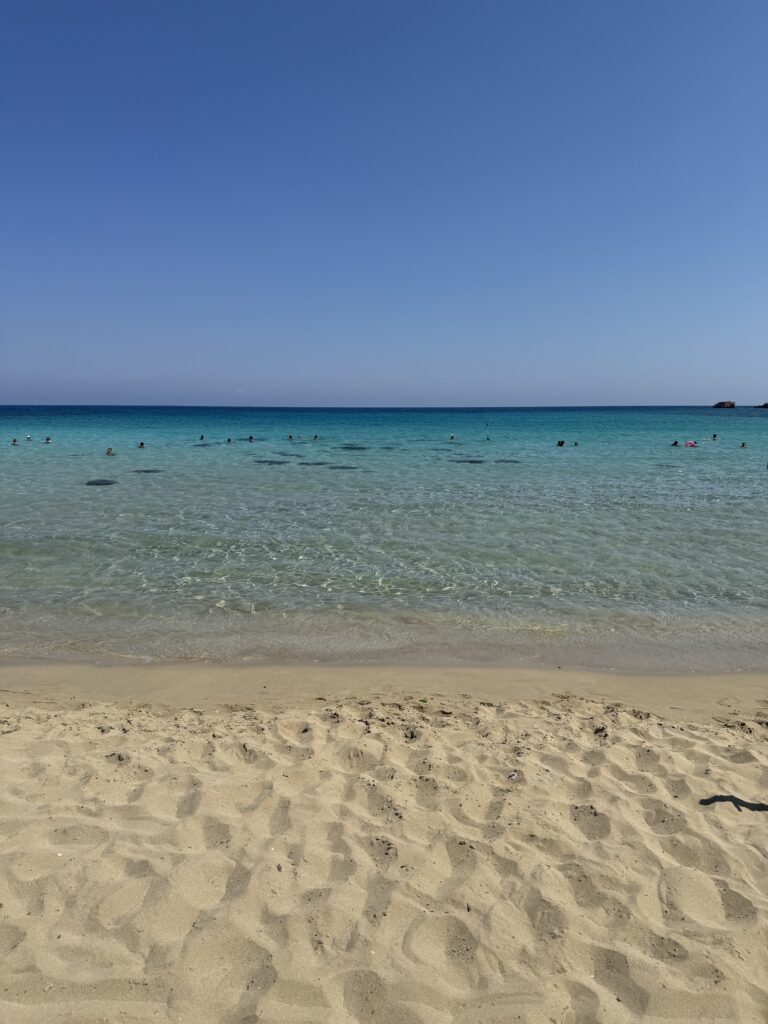Cyprus is not just another Mediterranean island—it’s a living museum of civilizations, cultures, and identities that have shaped its soul for thousands of years. From ancient Greeks and Romans to Byzantines, Ottomans, and the British Empire, every conqueror left behind architecture, language, religion, and customs. What remains today is not confusion, but a beautiful mosaic that defines modern Cypriot culture.
In the south, Greek-Cypriot culture prevails, marked by Orthodox traditions, Greek language, and a strong connection to Hellenic roots. In the north, Turkish-Cypriot culture weaves in Ottoman legacy, Turkish language, and Islamic customs. Despite political division, many cultural values—family bonds, hospitality, pride in tradition—remain shared across both communities.
Cyprus is deeply ceremonial. Weddings are grand, multi-day affairs that involve entire villages. Easter is not just a religious event but a national one, filled with bonfires, feasts, and fireworks. Bayrams in the north follow similar rhythms—family visits, traditional meals, and community celebration.
The arts are thriving. Folk dancing, storytelling, poetry, and music are actively preserved and taught. Local museums in both north and south host exhibitions that celebrate this dual identity. Initiatives like bi-communal choirs and cultural festivals work quietly, but persistently, to bridge political divides through shared heritage.
Cypriots also have an intuitive pride in craftsmanship. Lace from Lefkara is UNESCO-listed. Pottery-making techniques from the Bronze Age still survive in village studios. Handmade instruments, olive wood carvings, copper work—all are part of living heritage, not just souvenirs.
Food is culture, too. Whether it’s halloumi in the south or şeftali kebab in the north, Cypriot cuisine speaks a common language: fresh, local, and made to share. Mezze is not just a style of eating, but a social ritual—a way to linger, laugh, and connect.
In Cyprus, culture isn’t something you visit—it’s something you live. And the more time you spend on the island, the more you realize that identity here is layered, resilient, and beautifully complex.


